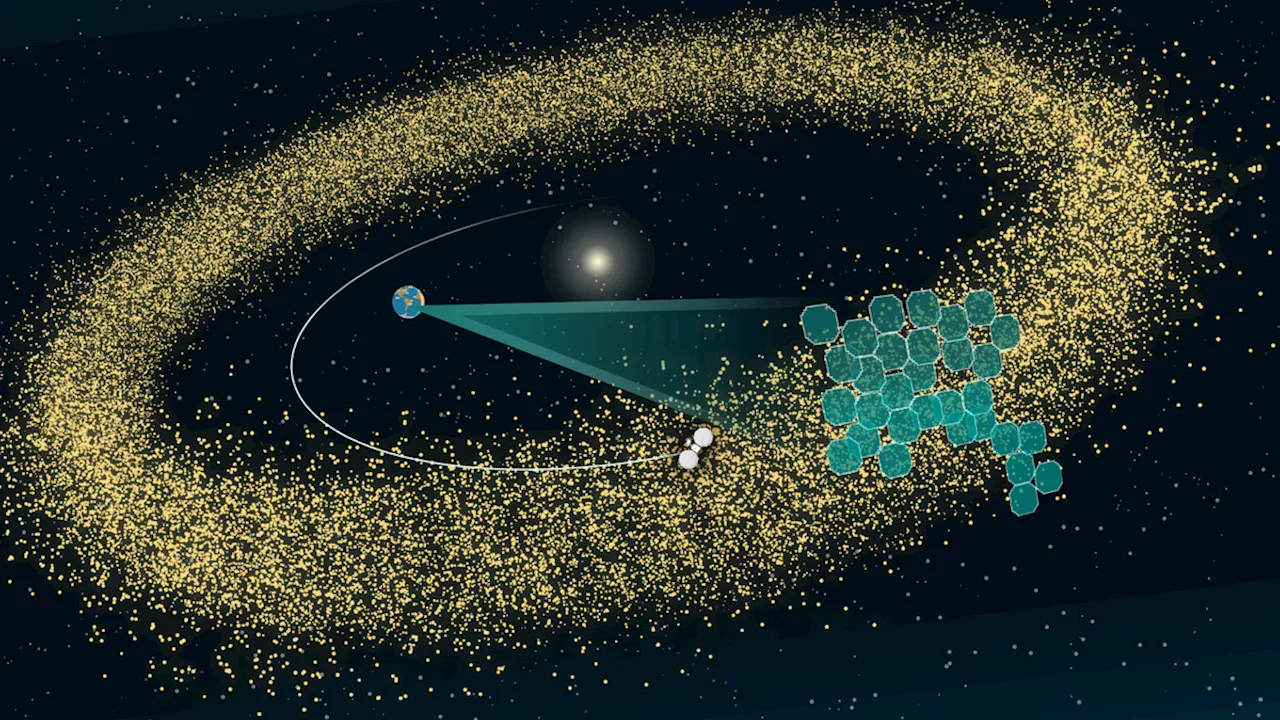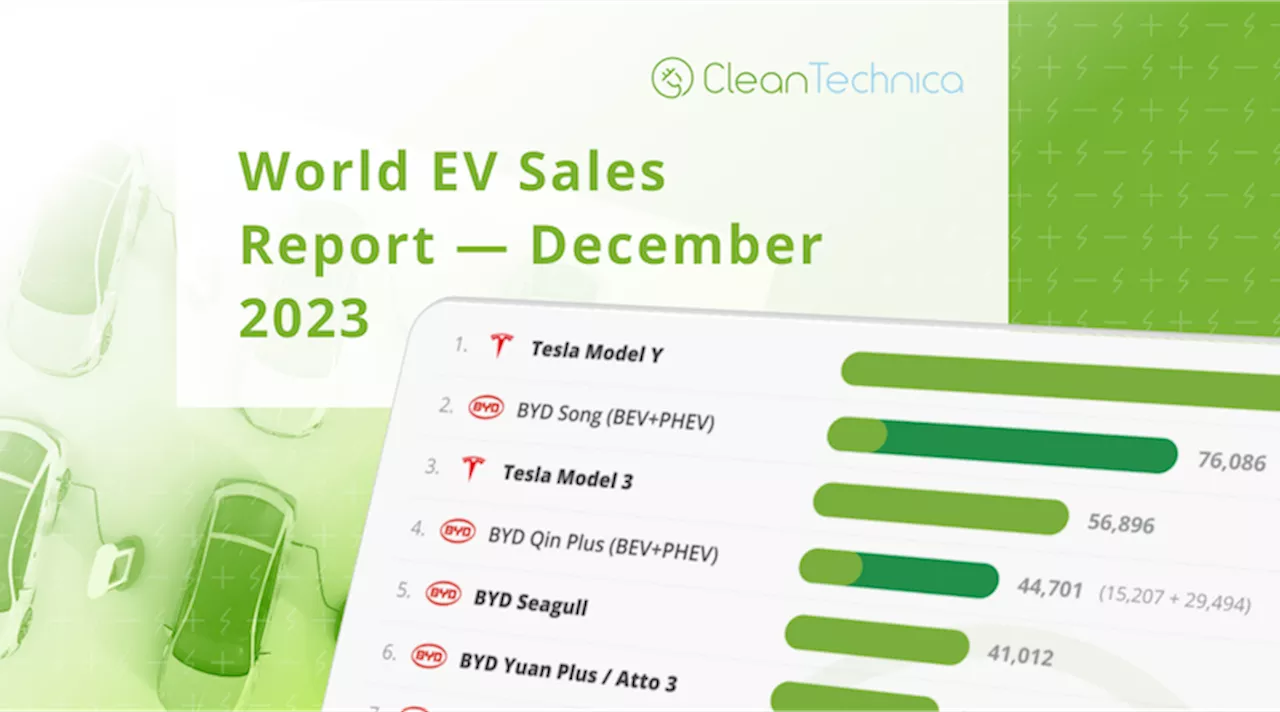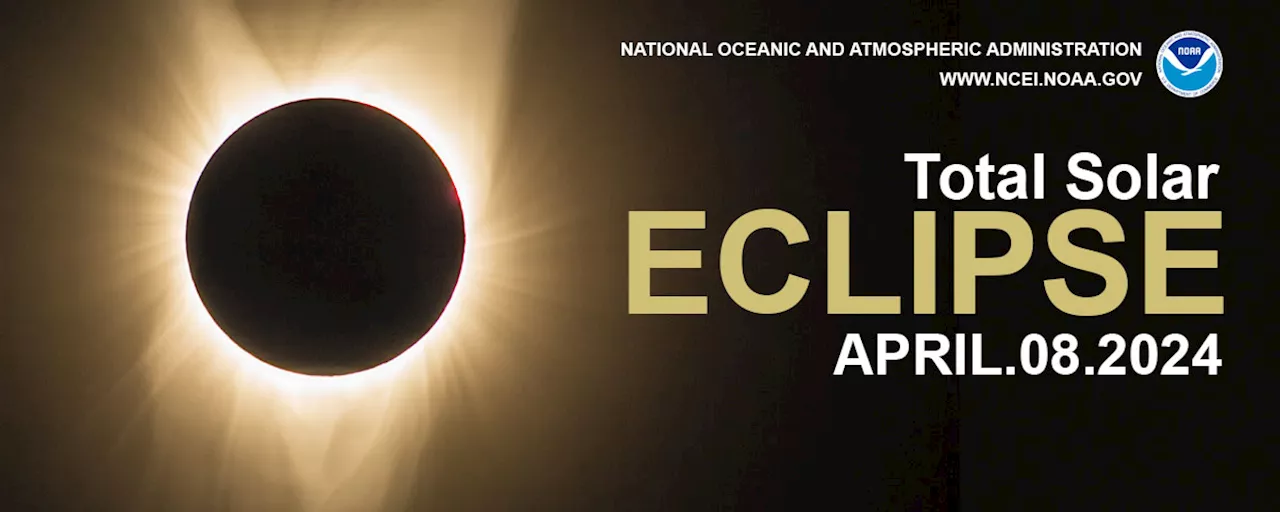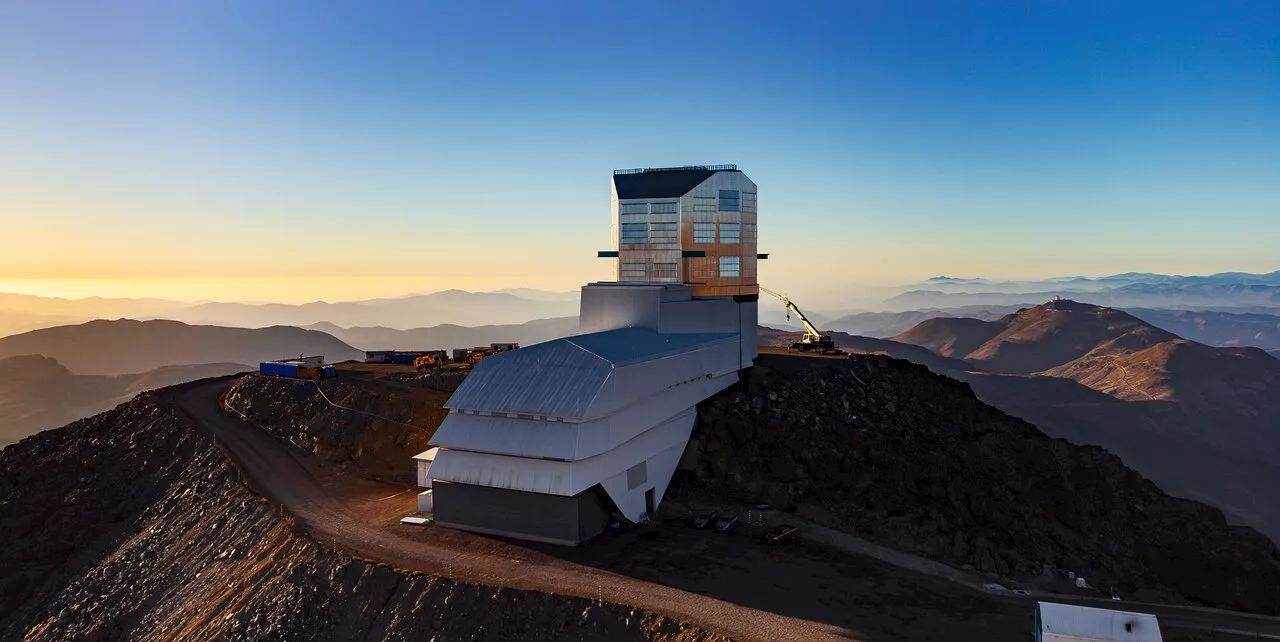The Vera Rubin Observatory's detailed look at our Solar System will find objects that are only visiting. What new missions will it inspire?
View of Rubin Observatory at sunset in December 2023. The 8.4-meter telescope at Rubin Observatory, equipped with the highest-resolution digital camera in the world, will take enormous images of the southern hemisphere sky, covering the entire sky every few nights. Rubin will do this over and over for 10 years, creating a timelapse view of the Universe that’s unlike anything we’ve seen before.
The VRO’s Legacy Survey of Space and Time is based on the observatory’s 8.4 meter, wide-angle primary mirror and its ability to change targets in only five seconds. Attached to it is the world’s largest digital camera, a 3.2 gigapixel behemoth. The VRO will image the entire available night-time sky every few nights.
It’s difficult to overstate how the VRO and its LSST will advance our understanding of the Solar System. There are other survey telescopes, like Pan-STARRS has detected huge numbers of astronomical transients. Its job is to detect them and alert astronomers so other telescopes can observe them. It’s unclear how many ISOs visit our Solar System every year, and will be detectable. While some researchers suggest the VRO can detect 70 per year, others say the number will be lower. The VRO isn’t magic. Objects that are too dim and/or are moving too quickly can escape detection. But it seems certain that the LSST will detect some ISOs. It may even discern patterns in their trajectories that make it easier to detect more of them.
The unique thing about the Comet Interceptor is that it’ll already be lying in wait for its target. After launch, it’ll travel to the Sun-Earth Lagrange 2 point. It’ll enter a halo orbit there and await further instructions. The ESA can bide their time until the VRO detects a desirable target on the right trajectory, and they can activate the Comet Interceptor.
Indonesia Berita Terbaru, Indonesia Berita utama
Similar News:Anda juga dapat membaca berita serupa dengan ini yang kami kumpulkan dari sumber berita lain.
 How Earth's new Rubin Observatory will usher in the next era of asteroid space missionsRobert Lea is a science journalist in the U.K. whose articles have been published in Physics World, New Scientist, Astronomy Magazine, All About Space, Newsweek and ZME Science. He also writes about science communication for Elsevier and the European Journal of Physics. Rob holds a bachelor of science degree in physics and astronomy from the U.K.
How Earth's new Rubin Observatory will usher in the next era of asteroid space missionsRobert Lea is a science journalist in the U.K. whose articles have been published in Physics World, New Scientist, Astronomy Magazine, All About Space, Newsweek and ZME Science. He also writes about science communication for Elsevier and the European Journal of Physics. Rob holds a bachelor of science degree in physics and astronomy from the U.K.
Baca lebih lajut »
 Solar company Sunrun lays off 62 employees in San Diego CountySunrun, a solar company based in San Francisco, is laying off 62 employees in three locations in San Diego County due to a slowdown in customer demand for rooftop solar installations. The layoffs went into effect on Jan. 13.
Solar company Sunrun lays off 62 employees in San Diego CountySunrun, a solar company based in San Francisco, is laying off 62 employees in three locations in San Diego County due to a slowdown in customer demand for rooftop solar installations. The layoffs went into effect on Jan. 13.
Baca lebih lajut »
 CleanTechnica Is 16 Years Old!Clean Tech News & Views: EVs, Solar Energy, Batteries
CleanTechnica Is 16 Years Old!Clean Tech News & Views: EVs, Solar Energy, Batteries
Baca lebih lajut »
 BYD #1 In World In Plugin Vehicle Sales In 2023Clean Tech News & Views: EVs, Solar Energy, Batteries
BYD #1 In World In Plugin Vehicle Sales In 2023Clean Tech News & Views: EVs, Solar Energy, Batteries
Baca lebih lajut »
 World EV Sales Report — Tesla Model Y is the Best Selling Model in the World!Clean Tech News & Views: EVs, Solar Energy, Batteries
World EV Sales Report — Tesla Model Y is the Best Selling Model in the World!Clean Tech News & Views: EVs, Solar Energy, Batteries
Baca lebih lajut »
 Take Your Head out of the Clouds to View the 2024 Total Solar EclipseThe total eclipse will be here before you know it. See how viewability and other weather conditions could impact your long-awaited view in April.
Take Your Head out of the Clouds to View the 2024 Total Solar EclipseThe total eclipse will be here before you know it. See how viewability and other weather conditions could impact your long-awaited view in April.
Baca lebih lajut »
